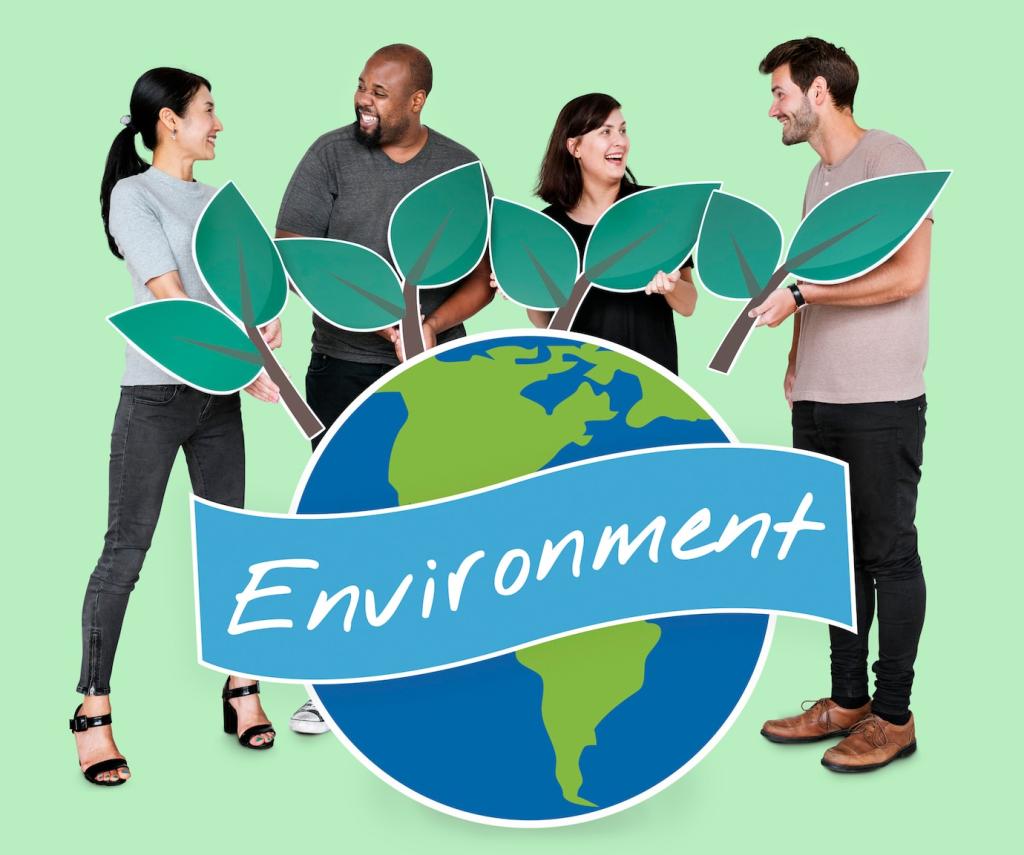Raising Voices, Greening Neighborhoods
Chosen theme: Policy Advocacy for Green Community Projects. Together we turn local aspirations into adopted policies, funded budgets, and lasting green infrastructure that makes every block cooler, healthier, and more resilient.

Why Policy Advocacy Unlocks Green Community Projects
From Vision to Ordinance
Great concepts like shade trees, rain gardens, and safe bike corridors advance only when they become policy. Advocacy transforms community vision into ordinances, budget lines, and implementation timelines that survive election cycles and leadership changes.

List residents, tenant unions, school clubs, faith leaders, small grocers, park friends, and health clinics. Name potential skeptics early, listen to their concerns, and respectfully address cost, maintenance, or safety questions before public hearings.

Policy Tools and Pathways
Ordinances change rules, resolutions set direction, budgets fund projects, and zoning guides land use. Identify the tool that best fits your green project, then match it to the relevant committee, agency, and decision timeline.
Policy Tools and Pathways
Budget cycles, comprehensive plan updates, and grant deadlines create advocacy windows. Track calendars, subscribe to council agendas, and prepare testimony early. Showing up when decisions crystallize dramatically improves your chances of securing commitments.
Policy Tools and Pathways
Draft clear, implementable policy language with definitions, cost estimates, and equity criteria. Offer friendly amendments that strengthen accountability and add measurable targets. Share your model text with us, and we’ll feature standout examples.

Public Meetings, Hearings, and Comment Strategy
Focus on one compelling point, cite one data source, and make one clear ask. Rehearse aloud, time yourself, and bring printed copies. Invite supporters to echo key messages during their own brief comments.



Case Study: Turning a Vacant Lot into a Rain-Garden Pocket Park
The Problem and Proposal
The block lacked shade, pooled stormwater during summer downpours, and offered nowhere safe to rest. The coalition proposed a pocket park with native trees, bioswales, benches, and a mural designed by local students.
The Advocacy Journey
They mapped stakeholders, drafted a budget amendment, and secured letters from the clinic, PTA, and small businesses. At the hearing, youth presented temperature readings and art. The council adopted funding and directed the parks agency.
Outcomes and Lessons
Within months, crews broke ground. Summer temperatures dropped on nearby sidewalks, and seniors reported easier walks. Lesson learned: clear asks, equitable benefits, and credible maintenance plans turn supportive smiles into formal, funded commitments.

Define Success Metrics
Measure tree survival rates, shade coverage increases, stormwater captured, and park usage by time of day. Include equity indicators like improvements near transit, schools, and heat-vulnerable households prioritized in your policy language.

Report Back to the Community
Host a sidewalk celebration, publish a one-page update, and invite local press. Thank partners by name. Visible progress maintains trust, recruits new volunteers, and positions your coalition to advocate for the next green project.

Plan the Next Policy Step
Use momentum to pursue a tree maintenance fund, safe routes to parks, or permeable alley pilots. Set a timeline, assign leads, and schedule trainings. Tell us your next target, and we will share resources.
